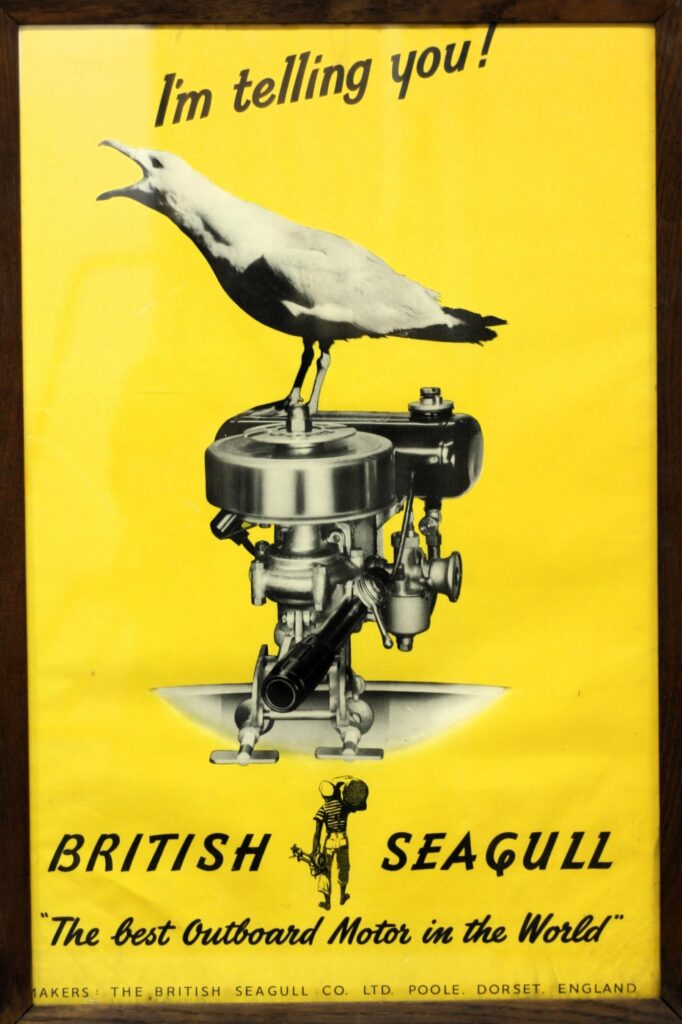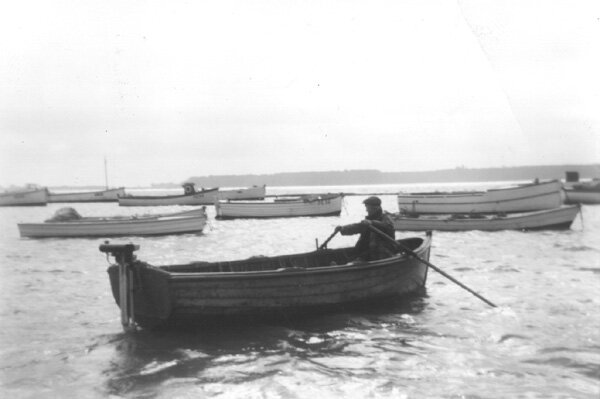The British Seagull outboard began its life on a drawing board at the Sunbeam Motors factory in Wolverhampton, about as far from the sea as you can get! The brainchild of engineers John Way-Hop and Bill Pinniger, they eventually managed to buy the rights to their design and moved production to Poole in 1938 changing the name to the universal ‘British Seagull’.
They initially marketed their two stroke, single cylinder motor as ‘The Best Outboard Motor in the World’ but later changed to the slightly less bombastic ‘The Best Outboard Motor for the World’. The target market had been fishers who needed a capable engine for their wooden coastal boats, but after the Second World War there was an explosion in recreational marine pastimes and with dinghies, tenders and many other small boats needing power, the reliable and affordable Seagull was many peoples go to choice.



